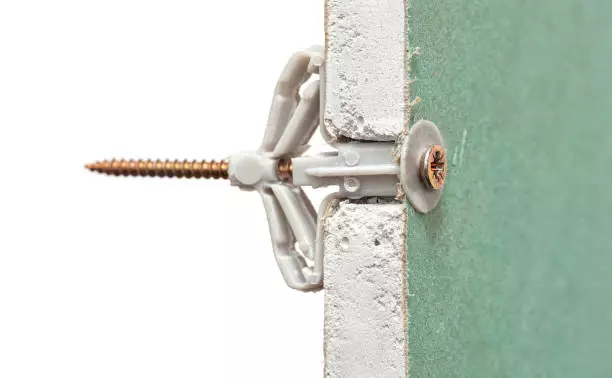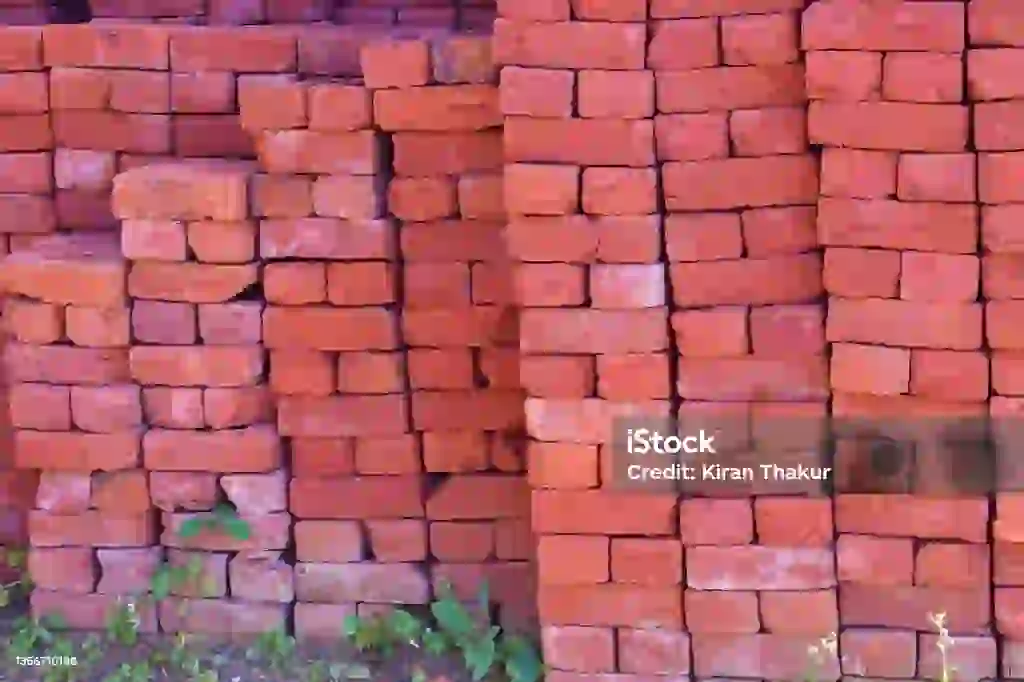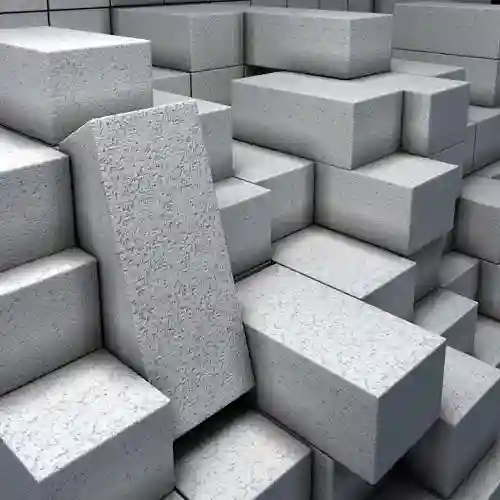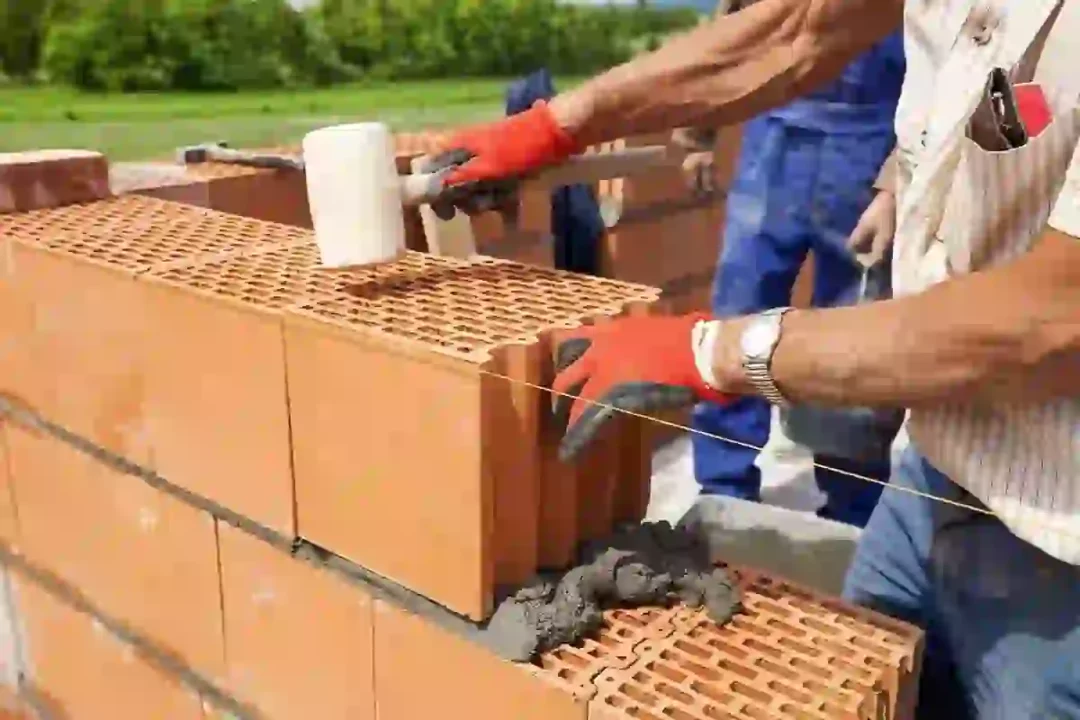Hello, readers! TGF welcomes you to another fascinating blog on aperture. This blog has covered all the relevant information about the definition of aperture, types of aperture, what a cill is, the definition of a perfect aperture, the need for a perfect aperture, how to create a perfect aperture, types of materials for making apertures, etc. If you want to know anything more related to doors or windows, you can contact us, and we will surely assist you with our knowledge and experience.
Aperture 101: Not Just a Hole in the Wall
Aperture is a technical term; in layman’s language, it is typically known as an opening made in a wall. This opening can further be closed by a window or a door, depending on the type of opening created and the purpose for its creation.
Types of Aperture
There can be two types of apertures. If the opening is created on a cill, it will be called a window aperture, whereas if this aperture is directly created from floor to ceiling, it will be called a door aperture.
Perfect Aperture Deconstructed: The Three Must-Haves
In the world of windows, the definition of a perfect aperture can be derived from the below-mentioned three parameters:
- The cill of the aperture should always be flat (Preferred for both doors & windows). Marble is always preferred because marble can bring total flatness to the cill. All other apertures made with cement finish, putty, or paint don’t provide full flatness to the windows.
- Corners should always meet at 90 degrees, meaning the height of the aperture should always be straight. There should not be any taper in either width or height.
- The total thickness of this marble work must not exceed 40 mm from the actual brick wall because the fasteners the company usually uses have a length of 60-80 mm. In that case, we expect the fastener to take a grip on the brick wall for at least 20-25 mm.
Recommended Articles For You:
- What is a Casement Door? A Comprehensive Guide
- What Is the Difference Between Door & Window: Unveiling Distinctions in Design, Application, and More
Why Perfect Apertures Matter: More Than Just Looks
A perfect aperture is needed so that the required windows can be fixed in the best manner, avoiding any leakage in water or sound. Whenever a window or door is fixed in that aperture, the company needs flatness. If any taper is reported in the aperture, fixing the window becomes a challenge and will lead to loosening of windows, causing leakage in water and sound. If the apertures are tapered, you are supposed to fill them up with some filling material, which further loosens the grip of the fastener in the wall and leads to leakages and movement or shaking of the window over time.

How to Create a Perfect Aperture: Step-by-Step Guide
Usually, in India, apertures are created by a brick wall first, and then cement or putty is applied on top of it, which mostly does not have flatness due to the nature of the product. Henceforth, it is always recommended to use marble on all sides and then check straightness through various available instruments such as a laser leveler, etc., for all dimensions: width, height, and depth. Nowadays, Mivan formwork construction is in demand due to its speed and accuracy in creating apertures.
Aperture Ingredients: What Goes into Making One?
Apertures can be made from the below-mentioned products: red bricks, fly ash bricks, porotherm blocks, ACC blocks, etc.



Get in Touch: Let’s Talk Doors and Windows
Please let us know if you need assistance in buying or selecting windows or doors for your house.
You can write to us at tgfthegoldenframes@gmail.com to learn more interesting facts. We will be more than happy to serve you.
Founder, TGF



